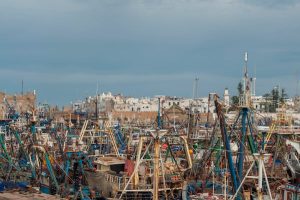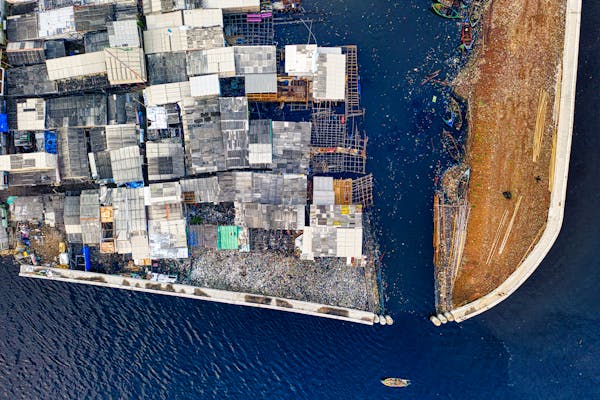This comprehensive update sheds light on the evolving dynamics of the logistics sector and offers a glimpse into the strategies employed to adapt to these changes.
Ocean Shipping: Adapting to Shifting Demand
The Transpacific trade route has experienced notable fluctuations, particularly concerning shipments from China to the United States. Businesses have been adjusting order volumes and shipment timings in response to evolving trade developments. Despite these challenges, Maersk has maintained full network coverage across its East-West (Gemini) network, ensuring stability and reliability for customers’ supply chains.
Air Freight: Managing Capacity and Demand
Air freight volumes have shown variability, influenced by factors such as seasonal demand and global economic conditions. Maersk continues to monitor these trends closely, adjusting capacity and services to meet customer needs while maintaining efficiency and reliability in air cargo operations.
Warehousing and Distribution: Embracing Technological Advancements
The warehousing and distribution sector has seen a surge in demand, driven by factors like e-commerce growth and the need for efficient inventory management. Maersk has been investing in automation and technology to enhance operational efficiency. This includes expanding the use of automated guided vehicles (AGVs), sorters, and hybrid systems, which contribute to superior picking efficiencies and improved accuracy in warehouse operations.

Regulatory Changes: Navigating New Tariffs
In April 2025, the United States Trade Representative concluded its Section 301 investigation into China’s maritime, logistics, and shipbuilding sectors. As a result, the U.S. government began phasing in higher fees on Chinese-owned and Chinese-built vessels calling U.S. ports. While the rule took effect immediately, fees are set at $0 for the first 180 days and will begin increasing from October 14, 2025. Maersk is closely monitoring these developments and is prepared to adjust operations as necessary to comply with new regulations.
Strategic Initiatives: Enhancing Network Efficiency
Maersk’s East-West network, known as the “Network of the Future,” continues to evolve, with a focus on enhancing reliability and efficiency. This includes reducing the number of ports called on each string by 25% and shortening the distance that each vessel travels by approximately 1,000 nautical miles. These adjustments aim to improve schedule reliability and operational efficiency across the network.
Looking Ahead: Preparing for Future Challenges
As the logistics landscape continues to evolve, Maersk remains committed to providing reliable and efficient supply chain solutions. The company is actively investing in infrastructure, technology, and strategic partnerships to adapt to changing market conditions and meet the evolving needs of its customers.
Source: Maersk North America Market Update – May 2025


